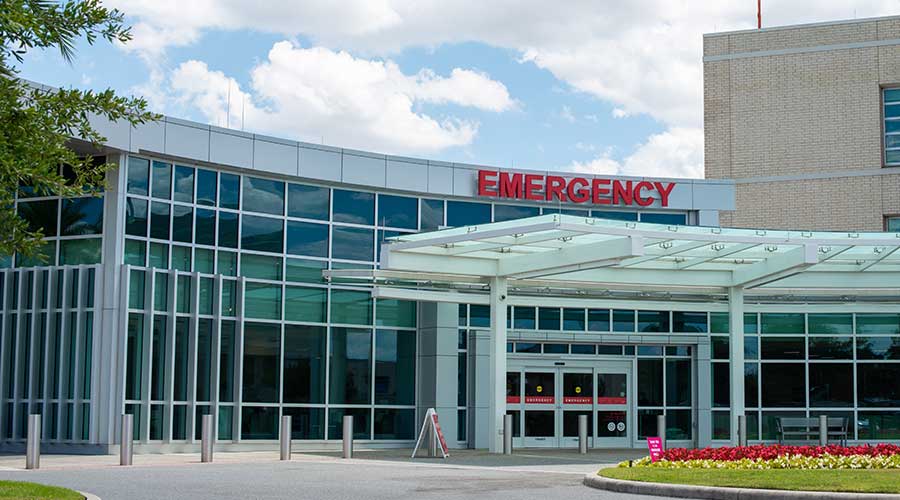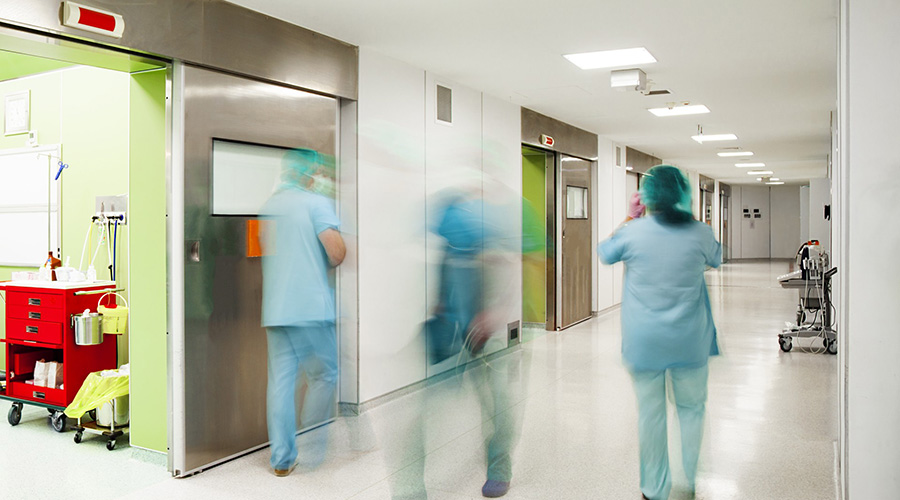In the ever-evolving landscape of healthcare, the future presents a variety of challenges and opportunities, each of which is unique for urban, suburban and rural environments. The coming years will see these sectors not just adapting to technological advancements and demographic shifts but redefining their approaches to meet specific regional demands.
As healthcare facilities managers navigate this transformation, understanding the distinct characteristics and requirements of each setting becomes paramount in forging a healthcare system that is resilient and responsive to the needs of varied populations.
Urban healthcare: resilience and flexibility
Urban healthcare systems stand at the forefront of change, primarily driven by the urgency to address climate change and its accompanying threats. These urban medical centers also must maintain a high degree of flexibility to respond effectively to infectious diseases among large, densely housed residents. This dual requirement calls for innovative architectural designs that incorporate durable and adaptable features, ensuring uninterrupted healthcare delivery during crises.
As urban areas brace for an increase in natural disasters, healthcare facilities must transform into resilient structures capable of withstanding such events. This scenario requires robust construction for structural and infrastructure hardening and innovative designs that allow for rapid adaptation to changing scenarios. Urban healthcare facilities also must integrate advanced technologies and sustainable practices to enhance their efficiency and reduce the environmental footprint, setting a precedent for future healthcare infrastructures.
Urban healthcare systems already focus on physical resiliency -- New York City in the wake of Superstorm Sandy, for example. Hospitals have undergone extensive hardening projects, moving critical infrastructure like generators and electric rooms from basements to rooftops to avoid flood damage. These design choices allow the facilities to withstand natural disasters while maintaining operational capacity.
Suburban healthcare: Integration and accessibility
Suburban landscapes are experiencing significant moves to make healthcare more integrated and accessible. Mimicking the walkability of urban settings, suburban healthcare plans increasingly involve embedding facilities in community hubs, such as shopping centers and strip malls. These locations offer easier parking and greater convenience in one trip.
Larger retail big box stores and smaller office buildings are being repurposed into multi-specialty medical facilities. This strategy aims to save patients time in commuting among specialists scattered across town with a market-appropriate strategy for real estate. Integrating healthcare into daily life streamlines access, and it fosters a sense of community around health and wellness.
By bringing healthcare closer to where people live and shop, these integrated facilities reduce patient wait times and provide better support to healthcare staff, fostering a more efficient and patient-friendly system. In suburban areas that have witnessed rapid population growth as a result of the pandemic, this strategy can better equip the system to absorb the influx of new patients.
This approach also can lead to stronger collaborations among healthcare providers, enabling a more holistic approach to patient care and wellness, which is particularly beneficial in managing chronic conditions and promoting preventive care.
Rural healthcare: Centralization and mobility
Rural healthcare, traditionally challenged by geographic vastness and limited resources, is poised to embrace a model of centralization and mobility powered by digital innovation. The concept revolves around the consolidation of larger, often expensive medical equipment into regional healthcare hubs that serve larger community areas.
Rather than having a string of specialized services scattered across a several hundred-mile radius, these hubs aim to reduce the need for patients to travel long distances for testing and treatment. By centralizing resources geographically, rural providers can maximize budget allotments to offer a wider range of services and better quality of care, addressing often-underserved medical needs.
Complementing these central hubs are telemedicine and mobile healthcare units designed to traverse the expansive landscapes. These units bring essential medical services to remote communities, bridging gaps in accessibility. Mobile healthcare units are especially crucial in providing preventive care, routine check-ups and emergency services, ensuring rural residents have timely access regardless of location.
This model also facilitates better resource allocation, allowing rural providers to reach a larger segment of the population efficiently and effectively by reducing real estate footprints.
The Integrated Future of Healthcare
The future of healthcare in urban, suburban and rural settings is being shaped by a combination of resilience, integration and centralization, each tailored to the unique challenges of these environments.
Urban healthcare is evolving to become more resilient against natural disasters, reflecting a proactive approach to disaster preparedness. Suburban healthcare focuses on integration and accessibility, transforming the patient experience into a convenient, retail-like service. Rural healthcare is centralizing services to address resource constraints, highlighting the need for innovative solutions to provide comprehensive care in geographically dispersed areas.
The future of healthcare is not just about responding to immediate challenges. It also is about anticipating and preparing for future needs. The shift towards more patient-centric, technologically advanced and resilient healthcare systems across urban, suburban and rural areas signifies a holistic approach to healthcare that aims to provide equitable, efficient care to all populations. As healthcare evolves, the lessons learned from these diverse environments will contribute to a more integrated, adaptive system capable of meeting the varied needs of communities across different landscapes.
Al Thompson is managing executive with TPG Architecture.

 Making the Energy Efficiency Case to the C-Suite
Making the Energy Efficiency Case to the C-Suite How to Avoid HAIs This Flu Season
How to Avoid HAIs This Flu Season